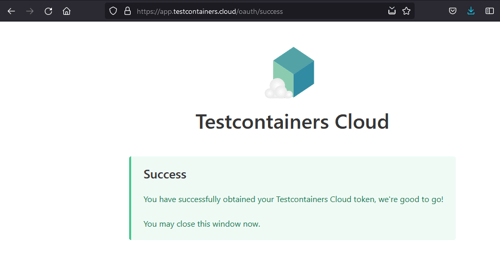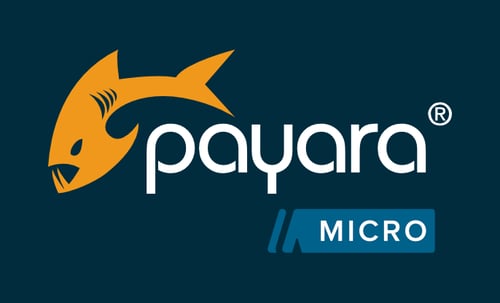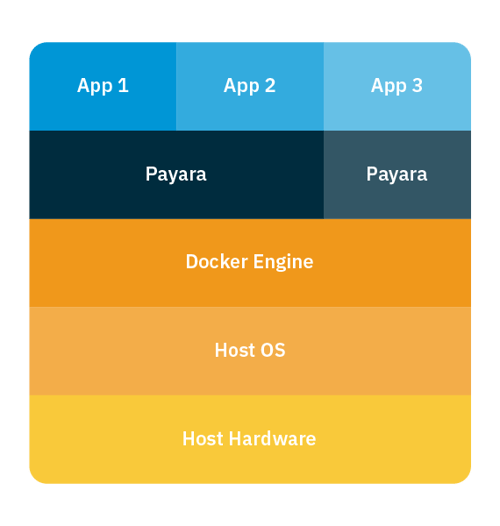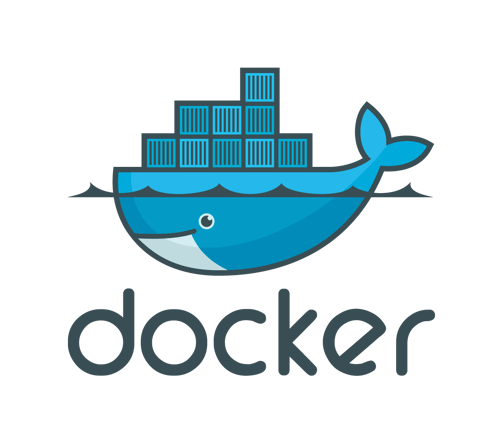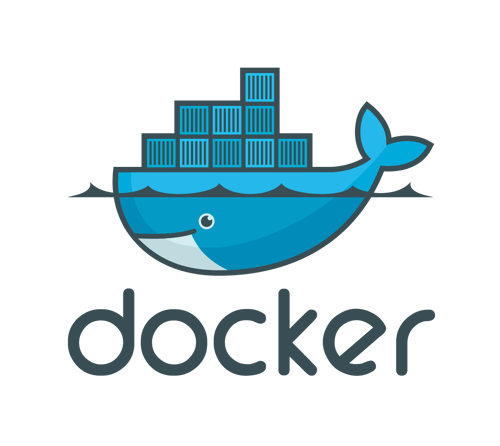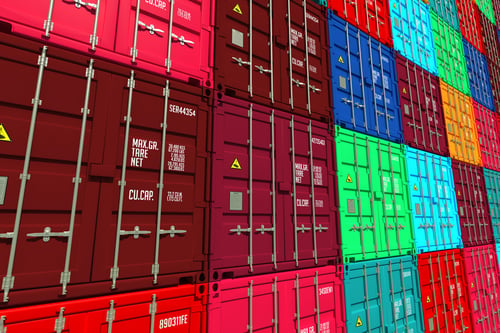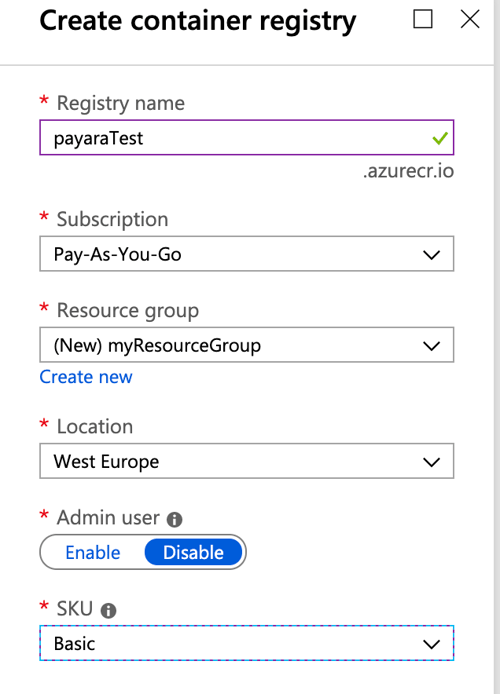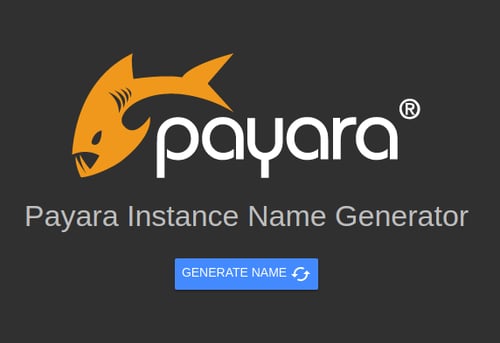Posts tagged Docker
Multi-stage Docker Builds for Efficient Jakarta EE Deployments with Payara
Published on 17 Jul 2025
by Luqman Saeed
Topics:
Docker,
Payara Server,
Payara Platform,
Payara Community
|
0 Comments
Enterprise Jakarta EE applications require extensive tooling during development - Maven for dependency management, full JDKs for compilation, and various build utilities. However, production environments need only the compiled application and runtime server like Payara Server or Payara Micro. Multi-stage Docker builds bridge this gap by separating build and runtime concerns, producing dramatically smaller and more secure container images for Payara deployments.
Mitigating Kubernetes Misconfigurations: How To Secure Your Deployments
Published on 19 May 2025
by Chiara Civardi
Topics:
Docker,
Cloud-native,
Kubernetes,
Payara Cloud
|
0 Comments
Almost any developer looking to leverage containers turns to Kubernetes (K8s) for orchestration. However, with its complexity comes security risks, particularly misconfigurations, which remain one of the most critical attack vectors in cloud-native environments. In effect, K8s misconfigurations can lead to data breaches, privilege escalations and service disruptions.
This blog examines key technical security challenges associated with K8s and demonstrates how to mitigate these risks through platform engineering.
Easy Jakarta EE Integration Testing with the Payara Platform and Testcontainers
Published on 24 Mar 2022
by Fabio Turizo
Topics:
Docker,
How-to,
Cloud,
JakartaEE
|
0 Comments
One major issue when developing modern enterprise applications is the "works on my machine" problem: when an application works well on your machine but is not functional in production or even on a colleague's machine. An even more prevalent problem is to maintain the quality of ever-changing applications during development and maintenance.
This is especially prevalent when Jakarta EE applications are developed and not properly tested in an isolated and cohesive manner. Proper integration testing helps to avoid both the "works on my machine" problem, and ensures developers can change the application effectively without breaking it. However often teams struggle with it, due to a lack of standardized testing solutions and the unpredictability of real-world conditions.
Here, I present an effective method for Jakarta EE integration testing, using Payara Platform and Testcontainers in my example.
Payara Micro 5によるUber JARの作成
Published on 18 May 2021
by Fabio Turizo
Topics:
What's New,
Maven,
Payara Micro,
Microservices,
Docker,
Uber JAR,
DevOps,
Japanese language
|
0 Comments
Payara Microでは、Webアプリケーションを自己完結型で簡単に実行することができます。2016年5月のPayara Serverリリースからは、WARファイルの内容とPayara Microを構成するクラスやリソースを束ねる “Uber JAR” を作成する簡単な方法があります。
この “Uber” Jarは、Dockerコンテナ内でアプリケーションを実行するための最良の方法ではないことに注意してください。アプリケーションに小さなコード変更を加えるたびに、バイナリ全体のアップデートが必要になるためです。より良い方法は、Payara Microインスタンスを起動して、インストールが必要なアプリケーションを指定することです。詳細については Payara Micro Docker Image documentation をご覧ください。
(最終更新日 2021/04/06)
14 Docker Tips for the Payara Platform
Published on 15 Jan 2021
by Rudy De Busscher
Topics:
Docker
|
0 Comments
Using Payara Server with Docker
Published on 22 Apr 2020
by Jadon Ortlepp
Topics:
Docker,
JakartaEE,
Payara Server
|
4 Comments
Docker is a platform which makes it easier to create, deploy and run your applications using containers. A container bundles all the software needed to run it. By packaging the required dependencies, it makes it easy to run it on any machine, regardless of small configuration differences. This article will explain more about introducing Docker.
What is Docker and How is it Used with the Payara Platform (Japanese)
Published on 07 Feb 2020
by Kenji Hasunuma
Topics:
Docker,
Japanese language
|
0 Comments
Using Container Orchestration Tools with Payara Platform
Published on 30 Sep 2019
by Rudy De Busscher
Topics:
Docker,
Kubernetes,
Containers
|
2 Comments
Deploy Docker Containers On Azure
Published on 18 Jun 2019
by Rudy De Busscher
Topics:
Docker,
Microsoft Azure,
Payara Platform
|
1 Comment
Several Cloud Providers have the possibility to run your Payara Platform Docker Images on their infrastructure. In this blog, I will describe to you how you can run your application on Microsoft Azure using a Docker Container. All the steps required to perform this are described using the Azure Portal (web-based application) and the Azure Command line.
What Is Kubernetes and How Does It Relate to Docker?
Published on 14 Jun 2019
by Matthew Gill
Topics:
Payara Micro,
Docker,
Kubernetes
|
0 Comments
Kubernetes is most commonly used with Docker managed containers, although it doesn't strictly depend on it. Kubernetes defines a Container Runtime Interface (CRI) that container platforms must implement in order to be compatible. These implementations are colloquially known as "shims". This makes Kubernetes platform agnostic so that instead of Docker you're free to use other platforms with corresponding shims, such as CRI-O or KataContainers.


